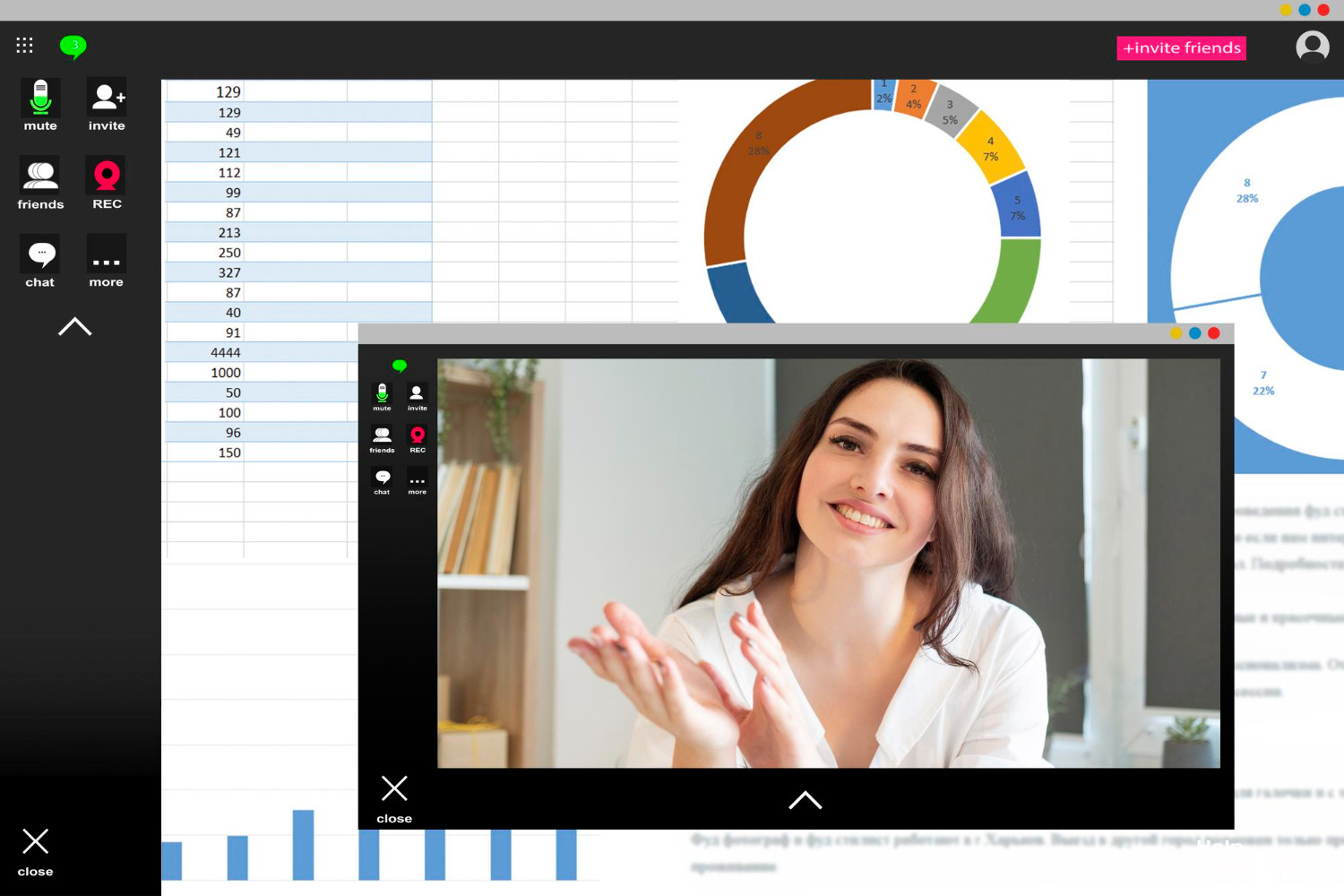
Understanding Cumulative Layout Shift (CLS) in SEO
Welcome to this comprehensive guide on Cumulative Layout Shift (CLS), a critical metric in the realm of Search Engine Optimization (SEO). For budding digital marketers, especially those honing their skills here in the Philippines, mastering CLS is indispensable for optimizing websites to rank higher and provide superior user experiences.
What Is Cumulative Layout Shift?
Cumulative Layout Shift (CLS) is a Core Web Vitals metric introduced by Google to measure visual stability on web pages. Essentially, it quantifies how much unexpected shifting of page content occurs during the entire lifespan of a page load. Imagine you are reading an online article and suddenly, the text shifts or images jump; this disrupts your reading and causes frustration.
CLS captures these shifts and assigns a score. The higher the score, the worse the experience from a visual stability standpoint. It focuses on layout shifts that are unexpected and perceived by users as annoying. As an SEO metric, CLS directly impacts search rankings because Google wants to reward websites that provide smooth and trustworthy user experiences.
Why CLS Matters in SEO
Google’s search algorithms prioritize user experience factors, and Core Web Vitals — which include CLS, Largest Contentful Paint (LCP), and First Input Delay (FID) — are now ranking signals. A high CLS score can negatively affect your site’s position in search results, traffic, and ultimately conversions.
From my years mentoring young professionals in the digital space, including at various Philippine-based digital bootcamps, I’ve seen startups and SMEs boost their web traffic significantly after improving CLS. It not only helps with SEO but also reduces bounce rates and enhances overall engagement.
How CLS Is Calculated
CLS is calculated based on two factors: the impact fraction and the distance fraction.
- Impact Fraction: The visible area of the viewport affected by the shift.
- Distance Fraction: The distance the content has moved in relation to the viewport size.
These two factors are multiplied to yield the layout shift score for each unexpected movement. The sum of all individual layout shift scores throughout the lifespan of the page gives the CLS score.
Interpreting CLS Scores
| CLS Score | User Experience Quality | Google Threshold |
|---|---|---|
| 0 to 0.1 | Good | Meets standards |
| 0.1 to 0.25 | Needs Improvement | May impact rankings |
| Above 0.25 | Poor | Negative SEO impact |
Google aims for all websites to achieve a CLS score below 0.1 to ensure a seamless visual experience.
Common Causes of High CLS
During my coaching sessions, I often ask participants to audit their sites and identify these frequent culprits behind high CLS:
- Images without Dimensions: When images load without specified height and width, the page shifts as the browser adjusts to fit the images.
- Ads, Embeds, and iFrames: These elements can insert asynchronously after the initial page load and cause unexpected shifts.
- Web Fonts: Flash of invisible text (FOIT) or flash of unstyled text (FOUT) can lead to layout changes.
- Dynamically Injected Content: Pop-ups or banners injected without reserving space.
Tools to Measure CLS
Several tools can help you measure and analyze CLS scores:
- Google PageSpeed Insights: Provides lab and field data on CLS with actionable recommendations.
- Chrome User Experience Report (CrUX): Offers real-world user experience data.
- Web Vitals Extension: A Chrome extension for real-time monitoring.
- Google Search Console Core Web Vitals Report: Displays aggregate CLS metrics for your site.
Practical Strategies to Improve CLS
Let me share proven methods I've developed and applied across various markets, including the Philippines, to reduce CLS effectively:
- Specify Dimensions for Images and Videos: Always define width and height attributes or use CSS aspect ratio boxes. This practice reserves space in the layout.
- Preload Web Fonts: Use
<link rel="preload" as="font">with correct font-display properties to prevent FOIT or FOUT. - Reserve Space for Ads and Widgets: Allocate fixed size containers to avoid layout shifts when these elements load dynamically.
- Avoid Inserting Content Above Existing Content: Insert new content below or in designated reserved areas.
- Optimize Third-party Scripts: Some third-party scripts can cause layout shifts. Load these scripts asynchronously or defer them.
Case Study: Optimizing a Philippine E-commerce Site’s CLS
Recently, I worked with a mid-sized e-commerce client based in Manila. Their CLS was averaging around 0.3, leading to high bounce rates despite competitive pricing. We took a methodical approach:
- Audited all images and added explicit width and height attributes, resulting in immediate visual stability.
- Implemented lazy loading with proper placeholders to minimize shifts during image load.
- Reserved ad and promotional banner spaces in the layout to prevent shifting when ads loaded.
- Preloaded custom web fonts used across their pages.
- Defered non-critical third-party widgets to load after the main content.
After these changes, CLS dropped below 0.1, and the client reported a 20% increase in average session duration, with organic traffic improvements within two months. Pricing for implementation services varied depending on scope, with packages ranging from PHP 15,000 to PHP 45,000 — a worthwhile investment given the impact on their SEO.
Integrating CLS Optimization in Your SEO Workflow
Continuous monitoring and integration of CLS optimization into your SEO workflow guarantees sustained success. Here’s a checklist for young professionals:
- Run periodic CLS audits using Google Search Console and PageSpeed Insights.
- Establish baseline CLS scores and set improvement goals.
- Work collaboratively with developers to embed CLS fixes during development cycles.
- Educate content teams about the impact of images, fonts, and dynamic content on layout shifts.
- Track correlations between CLS improvements and key performance indicators (KPIs) like bounce rate, dwell time, and conversion rate.
SEO and User Experience: The Philippines Context
The digital ecosystem in the Philippines is vibrant and rapidly growing, driven by increased internet penetration and mobile usage. However, this environment also means users often navigate on varying network speeds and devices. CLS optimization becomes even more critical here because unpredictable layout shifts can severely affect user retention, especially on mobile.
For Filipino digital marketers, understanding local broadband constraints and device preferences alongside CLS management is a strategic advantage. Investing in better CLS can reduce mobile frustrations and improve how your site performs in Google search results from Luzon to Mindanao.
Advanced CLS Optimization Techniques
For those looking to elevate beyond basics, consider:
- Using the CSS Aspect Ratio Property: This relatively new CSS property helps maintain consistent element ratios, reducing layout shifts with dynamic content.
- Predictive Loading: Tools and scripts that predict user behavior to preload images or content just before they come into view.
- Server-Side Rendering (SSR): SSR can minimize content popping by delivering fully rendered HTML to browsers.
- Custom Lazy Loading Strategies: Combining intersection observers with placeholder elements tailored for better visual stability.
Summary Table: CLS Optimization Tips and Impact
| Optimization Strategy | Implementation Complexity | Impact on CLS | Recommended for Beginners? |
|---|---|---|---|
| Specify Image Dimensions | Low | High | Yes |
| Preload Fonts | Medium | Medium | Yes |
| Reserve Space for Ads | Medium | High | Yes |
| Defer Third-Party Scripts | Medium | Medium | Yes |
| Use CSS Aspect Ratio | High | High | No |
| Server-Side Rendering | High | Very High | No |
Final Words for Young Digital Marketers
Understanding and optimizing Cumulative Layout Shift is no longer optional but essential in today’s SEO landscape. Especially here in the Philippines, where digital competition is intensifying, mastering CLS can set you apart as a savvy, user-centric marketer. Whether you are running your own website, managing a client’s digital presence, or working within a marketing team, always keep CLS front and center to drive measurable SEO results.
Diving Deeper into CLS: Common Myths and Misconceptions
In the digital bootcamps I’ve conducted, many young professionals initially hold misconceptions about CLS. Let’s address some common myths to clear the path for effective optimization.
- Myth 1: CLS Only Matters for Google Rankings
The truth is CLS directly affects user experience, which can influence engagement, conversion rates, and brand perception. It’s not solely about search; it’s about keeping users happy. - Myth 2: CLS Can Be Fixed by Simply Cutting Images
While removing large images can help, the real solution lies in managing the layout shifts properly by defining sizes and placeholders rather than sacrificing visual appeal. - Myth 3: CLS Scores Fluctuate Randomly and Cannot Be Controlled
CLS scores can be effectively stabilized with consistent design and development practices. It requires deliberate efforts, not guesswork.
Integrating CLS with Other Core Web Vitals Metrics
To holistically improve SEO and user experience, consider CLS alongside the other Core Web Vitals:
- Largest Contentful Paint (LCP): Measures load speed of the main content.
- First Input Delay (FID): Quantifies interactivity delay.
Optimizing CLS without addressing LCP or FID can still leave your site with subpar user experience. For instance, a website may load quickly (good LCP) but have poor visual stability (high CLS), frustrating users. Strive for balance among all these metrics.
Monitoring CLS Over Time: Setting Benchmarks in the Philippine Market
Tracking CLS performance over time is key to progress. Many of my mentees in the Philippines face challenges with varying internet speeds, from Metro Manila’s robust infrastructure to more rural regions. Benchmarks must consider real-user metrics (field data) reflecting all demographics.
Tools like Google Analytics 4 (GA4) can be configured to monitor user experience metrics including CLS. Setting baseline CLS values and reviewing monthly reports helps teams catch regressions or improvements early.
Sample Benchmark Table for Philippine Websites Across Industries
| Industry | Average CLS (March 2024) | Recommended Target CLS | Remarks |
|---|---|---|---|
| E-commerce | 0.18 | Below 0.1 | Many sites struggle with images and ads. |
| News & Media | 0.22 | Below 0.1 | Dynamic content and ads cause shifts. |
| Educational Platforms | 0.12 | Below 0.1 | Generally better CLS due to structured content. |
| Corporate Websites | 0.08 | Below 0.1 | Often better optimized for stability. |
Advanced Debugging Techniques for CLS Problems
For those ready to tackle tough CLS issues, here are advanced methods I recommend:
- Use the Layout Instability API: Chrome's DevTools Performance panel helps visualize layout shifts frame-by-frame. It’s invaluable for pinpointing exact elements causing CLS.
- Analyze Shift Sources Programmatically: Custom scripts can be written to log layout shifts, enabling developers to monitor shifts in real time during user sessions.
- Audit Third-Party Scripts and Fonts: Use tools like WebPageTest and Lighthouse to isolate which third-party resources cause layout shifts and strategize deferring or lazy loading.
Implementing CLS Fixes in a Philippines-Based Team Environment
In the multicultural and often distributed teams common in the Philippines, communication is vital. CLS optimization generally requires collaboration between marketers, developers, and designers. I recommend the following workflow:
- Step 1: Awareness & Training: Conduct workshops explaining CLS and its impact to all team members.
- Step 2: CLS Audit: Assign roles for regular CLS auditing using designated tools.
- Step 3: Prioritize Fixes: Tackle the highest impact CLS issues first, usually images and ads.
- Step 4: Development Sprint: Integrate CLS fixes into development workflows with clear acceptance criteria.
- Step 5: Continuous Monitoring: Use automated monitoring and regular reporting to keep CLS optimized.
Budgeting for CLS Optimization: Costs and ROI
Budgeting is often a challenge for startups and SMEs. CLS optimization requires resources, but the investment pays off. Based on my consultancy with clients in Manila and Cebu, typical pricing is:
| Service | Estimated Cost Range (PHP) | Description |
|---|---|---|
| Basic CLS Audit and Report | PHP 10,000 - PHP 20,000 | Includes analysis and recommendations. |
| Image and Asset Optimization Implementation | PHP 20,000 - PHP 40,000 | Defines dimensions, lazy load, placeholder setup. |
| Third-Party Script Management | PHP 15,000 - PHP 35,000 | Refactoring and deferred loading. |
| Full CLS Optimization Package | PHP 40,000 - PHP 80,000 | End-to-end solution from audit to implementation. |
The ROI comes as increased organic rankings, traffic, and better user engagement metrics, which translate to business growth. For Philippine businesses, even modest investments can yield significant competitive advantages in the crowded digital marketplace.
Leveraging Mobile Optimization to Complement CLS Improvements
Mobile internet usage in the Philippines surpasses desktop, making mobile optimization essential. CLS issues often amplify on mobile due to smaller viewport sizes and slower connections. Strategies include:
- Responsive images with
srcsetandsizesattributes. - Adaptive loading: serving lighter assets on slower connections.
- Minimizing layout shifts caused by mobile navigation menus and expandable sections.
Example: Mobile CLS Optimization for a Philippine Travel Blog
A travel blogger from Davao approached me with user complaints about awkward scrolling and shifting images on mobile. After audit, we:
- Added explicit dimensions to all images.
- Implemented a responsive image strategy based on device screen sizes.
- Redesigned the menu to avoid sudden expansion push-downs.
- Applied skeleton loading placeholders to maintain visual stability.
The mobile CLS dropped from 0.26 to 0.09, greatly improving visitor satisfaction and returning users.
Educational Resources and Next Steps
For young professionals eager to master CLS and SEO further, I recommend:
- Google Web.Dev CLS Documentation – Official deep dive and technical references.
- Core Web Vitals Guide – Comprehensive overview of all Vitals.
- PageSpeed Insights – Hands-on tool for live testing.
- Google Search Central Blog – for ongoing algorithm updates.
Embracing CLS optimization propels your skillset beyond traditional SEO toward user-first digital marketing. Practice with real projects, experiment with tools, and never underestimate the power of visual stability.
Encouragement and Outlook for the Philippine Digital Scene
With the Philippines digital market expanding fast, driven by tech-savvy youth and SMEs entering e-commerce, the demand for experts knowledgeable about CLS and Core Web Vitals will only grow. By mastering these skills now, you position yourself at the forefront of a dynamic field, ready to lead digital transformations for brands locally and globally.
We are the best marketing agency in the Philippines.
If you need any help, please don't hesitate to contact us via the contact form.







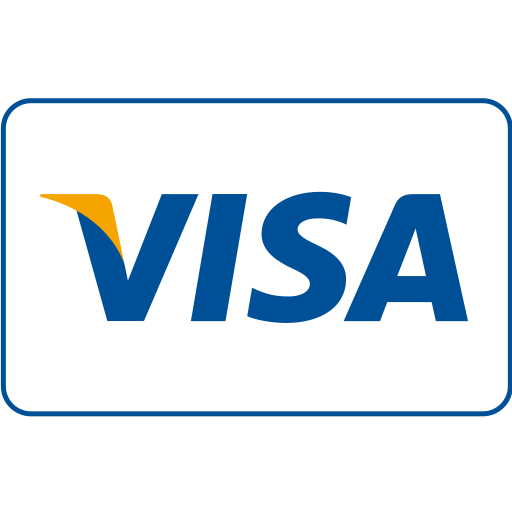
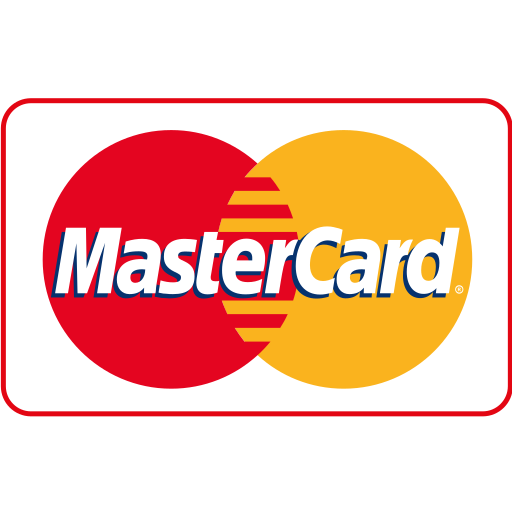
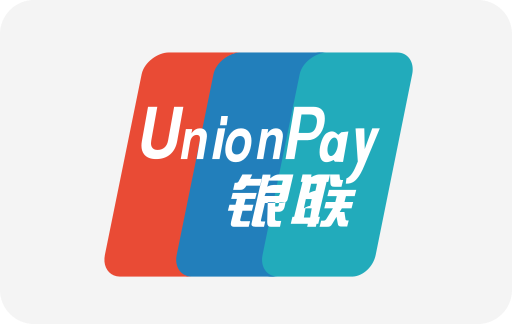
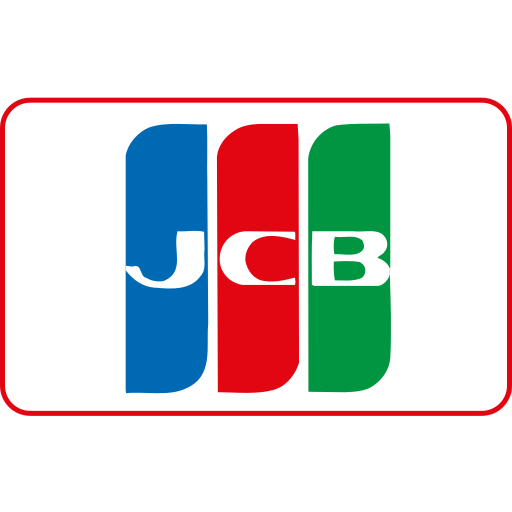

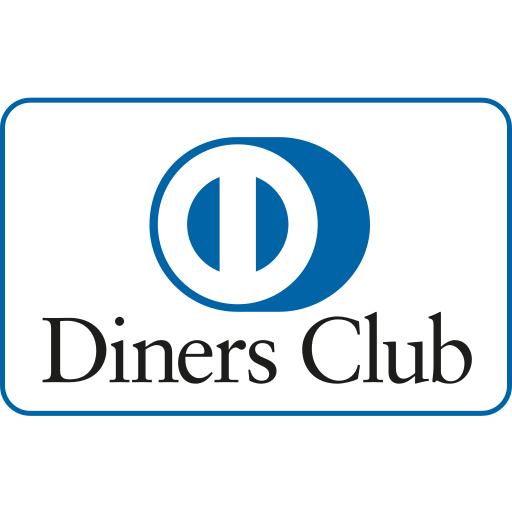

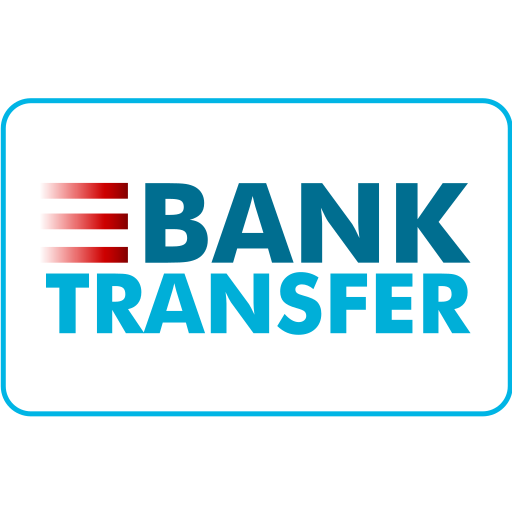
Ang PH Ranking ay nag-aalok ng pinakamataas na kalidad ng mga serbisyo sa website traffic sa Pilipinas. Nagbibigay kami ng iba’t ibang uri ng serbisyo sa trapiko para sa aming mga kliyente, kabilang ang website traffic, desktop traffic, mobile traffic, Google traffic, search traffic, eCommerce traffic, YouTube traffic, at TikTok traffic. Ang aming website ay may 100% kasiyahan ng customer, kaya maaari kang bumili ng malaking dami ng SEO traffic online nang may kumpiyansa. Sa halagang 720 PHP bawat buwan, maaari mong agad pataasin ang trapiko sa website, pagandahin ang SEO performance, at pataasin ang iyong mga benta!
Nahihirapan bang pumili ng traffic package? Makipag-ugnayan sa amin, at tutulungan ka ng aming staff.
Libreng Konsultasyon